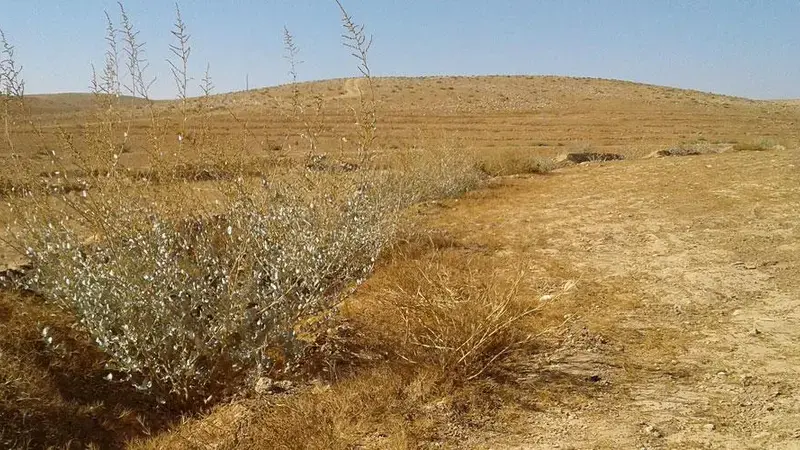Water harvesting

The Vallerani system breaks up crusted soil layers to create micro-catchments that support shrubs
The biggest challenge in dryland agriculture is low and erratic rainfall. New technology packages are available that can help build effective, low-cost systems for harvesting rainwater, delivering larger and more stable water supplies for crops and livestock, even in very dry areas.
The packages have been tested in several countries. They rely on existing information – cadastral maps, supplemented with data on soil, topography and other factors. Using GIS analysis, scientists identify specific areas best suited for constructing water harvesting systems. This method greatly reduces the time and costs of implementation.
Selected impacts:
- In Eritrea, ICARDA and its partners used a GIS model, adapted to data-poor environments, to produce a ‘suitability map’ of the Zoba Debub area, to assess the potential of different water harvesting techniques. This analysis showed that water harvesting potential in the project area (as in many dry areas worldwide) was much higher than previously realized.
- In Jordan, ICARDA has applied the ‘Vallerani System’ using a special plow that breaks up crusted soil layers to create ‘micro-catchments’ that harvest water run-off and protect shrub seedlings. The method’s water retention benefits also lessen potential drought damage during the initial planting period.
- Also in Jordan, ICARDA scientists are working with local communities to design, test and promote a practical rainwater harvesting package that combines indigenous knowledge with mechanization and a contour laser guiding system to enhance the accuracy of ridges and bunds.
